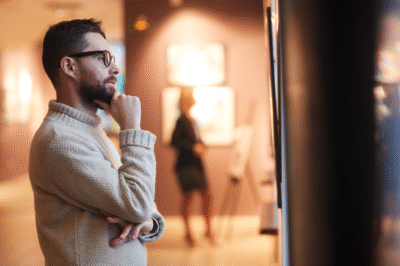“With great power comes great responsibility.” Uncle Ben’s phrase to Spider-Man has never been more relevant for digital creators than it is today. With the arrival of tools like Google’s “nano banana” model, a new frontier has been broken: high-complexity photo retouching and manipulation, once reserved for experts with years of Photoshop experience, are now within reach of anyone who can write a sentence. This isn’t just a technological advancement; it’s a paradigm shift that forces us to pause and reflect on our professional ethics.
The Debate Over Copyright and Training Data
One of the most contentious conversations surrounding generative AI is how these models are trained. They are often fed vast amounts of images and texts scraped from the internet, much of which is copyrighted. Is this a legitimate use for training, or is it a large-scale infringement? The legislation still lags behind the technology, and the debate is fierce. As creators, even without a definitive legal answer, we have a responsibility to be aware of this issue, to support platforms that offer ethically trained models, and to advocate for fair compensation for the artists whose work has served as the foundation for these tools.
The Importance of Transparency: Should We Disclose AI Usage?
For me, the answer is a resounding yes. Transparency with clients is not an option; it’s an obligation. When a client hires a designer, they are not just paying for the final result, but also for the process, the experience, and the judgment. Hiding the use of AI tools is not only dishonest but also undermines the trust that is the foundation of any good professional relationship. Being transparent doesn’t make us less valuable; on the contrary, it shows that we are at the forefront, that we master the most advanced tools, and that we integrate them into our workflow intelligently and honestly.
Establishing a Personal Code of Ethics
In the absence of clear regulation, it falls to each of us to define our own principles. I have established a personal code of ethics that guides my use of AI, and I encourage you to do the same. My rules are simple:
- Total Transparency: My clients will always know what tools have been used in their project and to what extent.
- AI as an Assistant, Not the Author: I use AI to boost my creativity, explore ideas, and speed up processes, but the vision, taste, and final decision are always mine. I never deliver a result directly generated by the machine without an intense process of curation and refinement.
- No to Disinformation: I will never use these tools to create misleading, false, or harmful images or content.
- Continuous Learning: I am committed to staying informed about the ethical and legal implications of this technology as it evolves.
We are the architects of the new visual era. The tools are incredibly powerful, but they remain just that: tools. Ethics, responsibility, and integrity cannot be programmed. Those are up to us.





